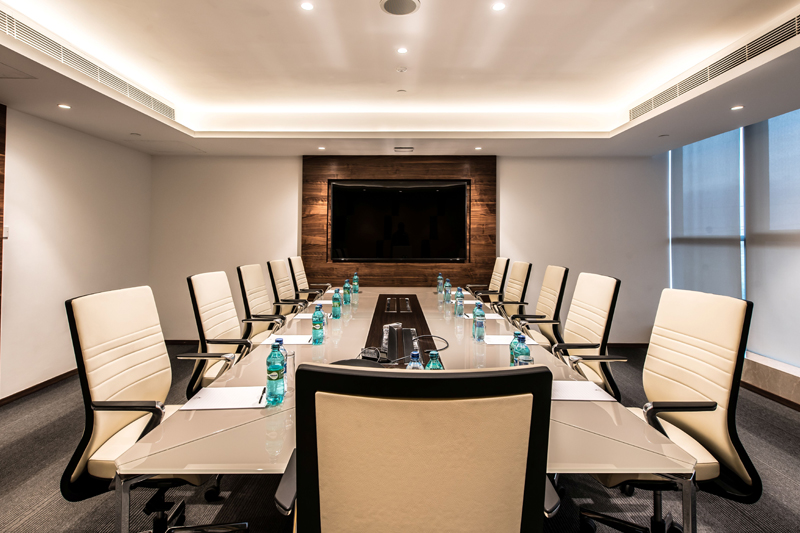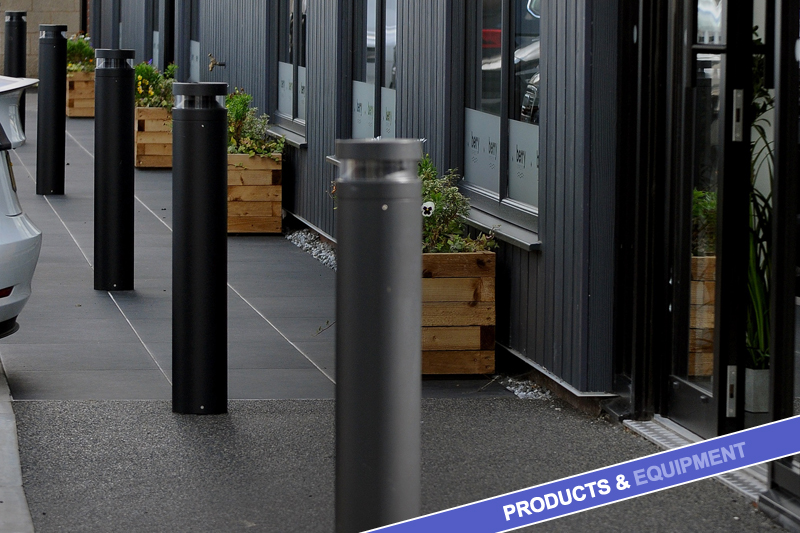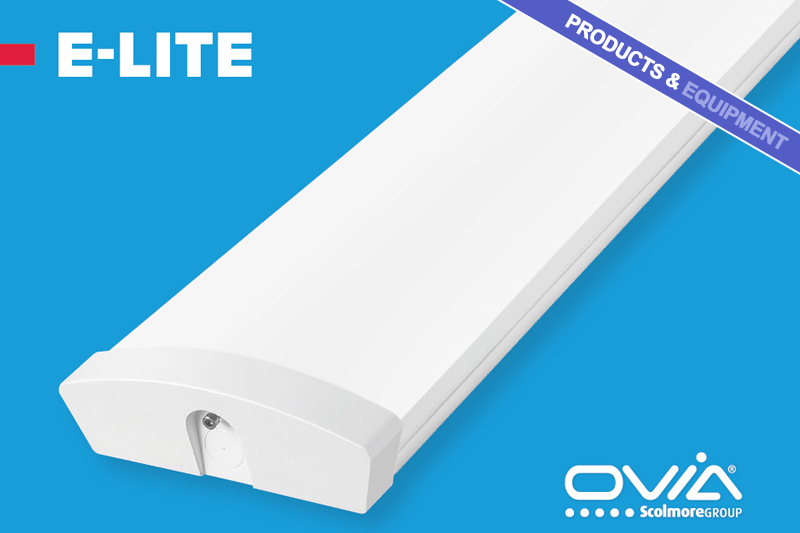No longer the preserve of experienced lighting and interior designers, LED strip lighting has grown in popularity over the last decade. A key revenue stream for electrical wholesalers, in this article we speak with Chris Anderson, Technical Manager at Ansell Lighting, who offers more insight into the latest strip lighting solutions and best practices for merchandising and selling this in-demand product category.
Although it has been around for the best part of 25 years, it is only more recently that LED strip lighting has become a mainstream lighting solution. Previously the mainstay of experienced designers, the rise of social media and its increasing emphasis on aesthetics and interior design have thrown strip lighting to the fore.
Versatility
Popular in homes, hospitality and retail spaces alike, LED strip lighting is a versatile lighting option that can be used in an array of different spaces. From illuminating shelving units and wardrobe interiors to ceiling alcoves and other structural features, strip lighting can be used almost anywhere and to create a variety of effects.
With demand surging and end users increasingly aware of its benefits, strip lighting represents a valuable revenue opportunity for wholesalers. To capitalise on this, wholesalers should carefully consider the compilation of their ranges, offering a diverse selection of strip lighting products that appeal to different applications and demands.
Seamless, dot free COB strips are ideal for spaces where LED strips may be visible such as shopfitting and under cabinet lighting or reflective spaces where a lot of light may bounce back. These strips offer a continuous line of light thanks to a uniform phosphor coating for enhanced aesthetic appearance.
Other popular options include dim to warm strips which offer a choice of colour temperatures, eco strips which prioritise cost-effectiveness, high efficiency strips which offer great energy saving benefits and strips with different cutting points that offer complete control over the exact run length.
There are also versions suitable for outdoor use or in wet spaces such as showers and flexible strip lights which allow the tape to bend around curves and corners – ideal for illuminating curved features.
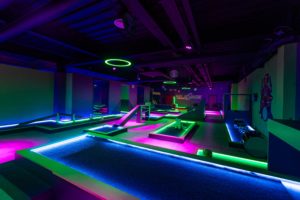
Product options
In addition to the type of strip lighting on offer, when curating a range there are many other product options wholesalers need to consider and make available. The first is the length of strip lighting sold. Packs commonly range from 5m up to 50m long and wholesalers should ensure that a variety are available to appeal to installers working on different sized projects.
Many strip formats will also be available in different colour options – from white to tunable white, RGB, RGBW and RGBTW. There are even pixel versions available that offer the advantage of individually controllable LEDs – allowing dynamic lighting effects to be created. Ideal for interactive spaces such as bowling alleys or arcades, they allow smooth animations and customisable colour sequences to be created in just about any colour required. Stocking a good selection of these will ensure all types of projects are catered for.
Another factor wholesalers should consider is ensuring they offer LED strips with smart functionality. Appealing to installers working on both smart lighting projects and more standard installations, smart strips offer users complete control and automation over their lighting use and settings and are extremely popular with homeowners and commercial clients alike. Lights can be programmed to operate at specific times of day and at specified colour and brightness levels for a sophisticated and customised experience – all with a simple voice command or with the use of an app.
Wholesalers will also need to carry a comprehensive selection of LED strip accessories to ensure compatibility and ease of installation. These include a variety of LED drivers – the suitability of which will depend on whether dimming is required and whether the product is being used indoors or outdoors and at what voltage; controllers, pre-wired connectors, flexible connectors and straight connectors. Aluminium profiles are also essential. These are used where strip lighting may be more visible for a more professional aesthetic. Different profiles are needed depending on application and those commonly available include plaster in, suspended, cove, step edge, recessed and surface. Compatible motion sensors are also popular accessories, used inside cupboards and wardrobes to ensure lights come on when doors open.
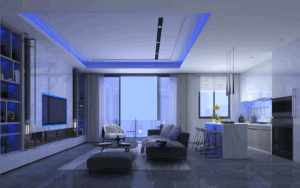
As with all products, when it comes to sales generation wholesalers should ensure that staff are well educated on the LED strip lighting products they sell, their differences and suitability for specific applications.
Specific product factors staff will need to be aware of include SDCM, which refers to standard deviation colour matching – this measures the closeness of colour between LEDs on a printed circuit board. The lower the value, the closer the colour consistency will be.
Copper PCB weight is another term staff should understand and refers to the thickness of the copper used in the printed circuit board. The higher the weight, the better the performance of the strip.
LED pitch refers to the distance between the LED chips on the printed circuit board. The closer the distance the smoother and more seamless the light distribution will appear.
Installation
One of the major benefits of strip lighting is that it is also incredibly easy to install and set up – something that staff should be quick to highlight to wholesale customers during the sales process. Most LED strip lights have an adhesive backing, allowing them to be mounted instantly and directly onto clean, dry surfaces without the need for brackets or screws. If the positioning of the strip makes it more visible, strips can also be easily set in aluminium extrusion profiles for a more professional aesthetic. Once in place, the strip is cut to length at marked intervals and connected using plug-and-play connectors or soldered joins, depending on the system. They are then ready to use.
Whether it’s a new-fit or refurbishment project, LED strip lights are an incredibly popular lighting option and the market is showing no signs of slowing down. Valued at $4.4billion globally in 2023, it is projected to almost triple in size by 2031 to $12billion. With such huge potential for growth and revenue generation, wholesalers should ensure they are stocking a well-curated and up-to-date range to meet rising demand across both commercial and residential sectors.
For further details, click here
Find more industry feature articles here

